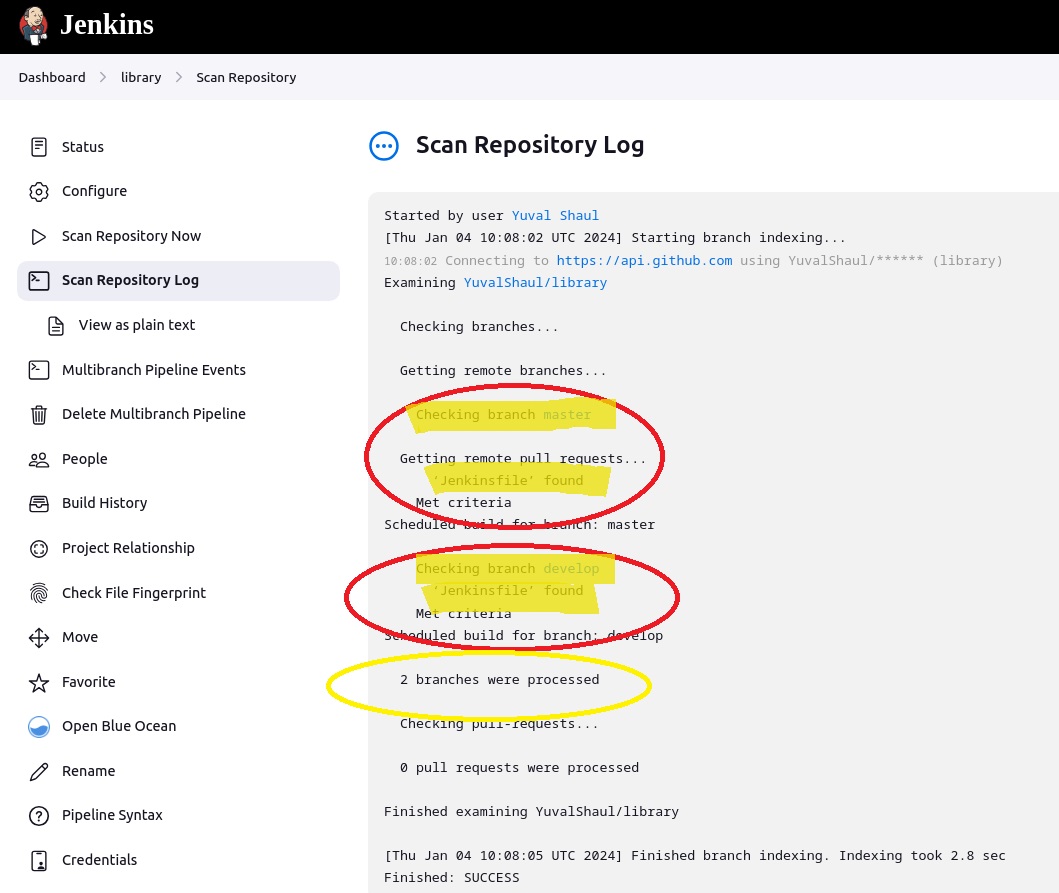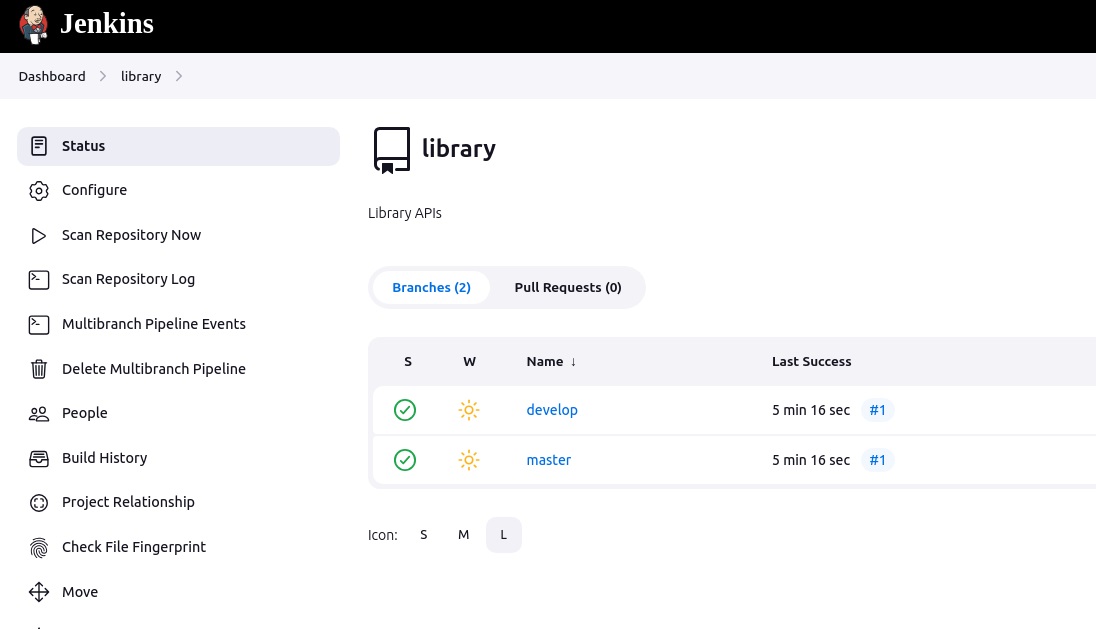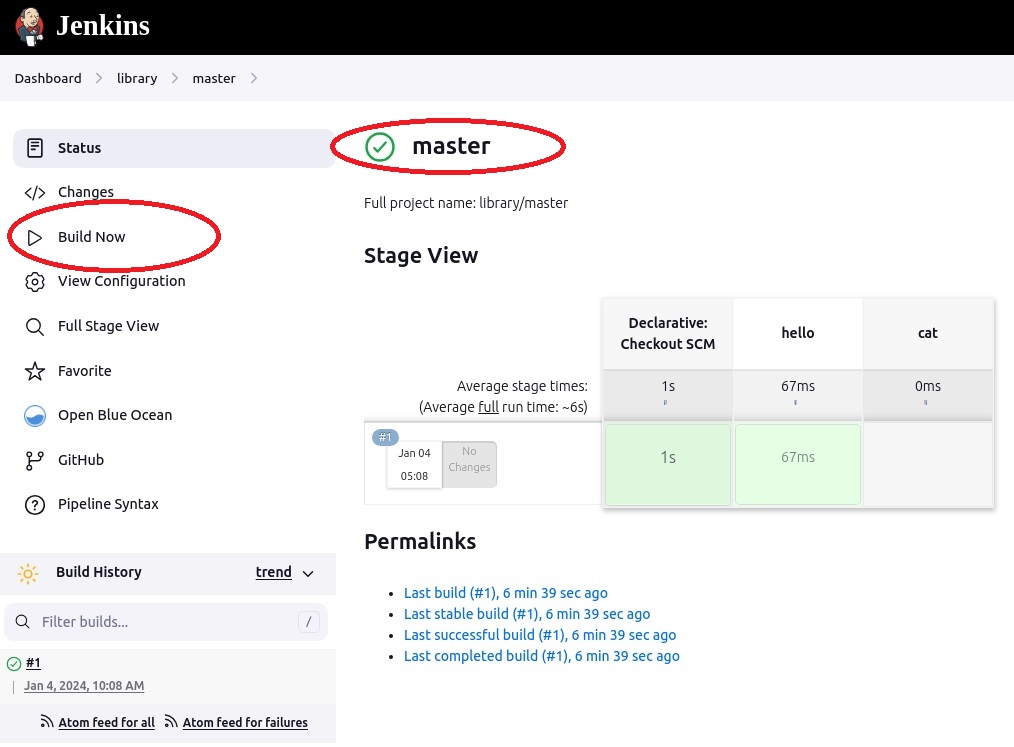Multibranch Jenkins Pipelines Basics
Multibranch Pipelines
These pipelines automatically "build" the code for each branch that has a Jenkinsfile in it.
For example:
- In a feature branch, you may want to prepare (build image? run container?) and run unit tests alone
- in a develop branch, you may want to prepare more, and run some integration tests as well
- in master/main branch you will also want to deploy your code to production
Access token and credentials
- First, create an access token in github that allows you to do everything for this repository
- go to: your github account->Settings->Developer settings->Personal Access Tokens
- both types can do (classic and fine-grained), I prefer the fine grained
- Generate a new token, give it a name and choose an expiration time
- choose Only select repositories and select your repository
- Give it all repository permissions (read/write)
- When you see the secret text, make sure you keep that, because it will be there just once.
- Go to: Dashboard->Manage Jenkins->Credentials->System->Global Credentials
- Add a new credentials of the type Secret Text, of global scope, no ID, add a short description for it (e.g: myrep-PAM)
- Create another credential based on this text, now of type Username with Password.
Use your github user, and the secret text as password.
description example: myrep-content
Creating a multibranch pipeline job
- Click: NewItem -> (give it a name) -> Multibranch Pipeline -> OK
- Fill: Display Name + description
- Add source:
- When you add source, you choose among several options (git, github, bitbucket etc.)
- each option corresponds to the specific plugin that would handle accessing the specific repository.
We'll demonstrate with github, so choose that - add HTTPS url of a repository that you have already prepared (that is, multiple branches with Jenkinfiles)
- Add the myrep-content credential you have created above
- hit Save
Basic usage
-
After creating a multibranch pipeline, it automatically scans all branches in the repository, and finds all of those branches with a Jenkinsfile.

-
If you go bacj to the pipeline status, you will see a list of the branches found
(remember that these are the branches you'd like to build, branches with Jenkinsfile):
-
You cannot "build" the multi-branch pipeline, you can build only branchse in it.
-
Go into the master branch to see this:

-
Hit the "Build Now" button to build each branch.
In the next post we will trigger buidling branch pipelines from github.